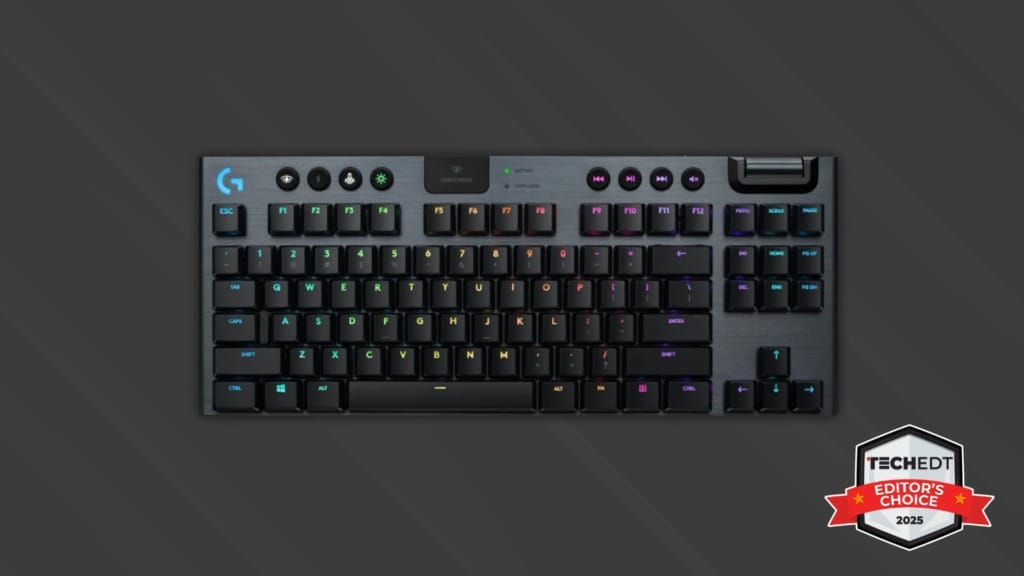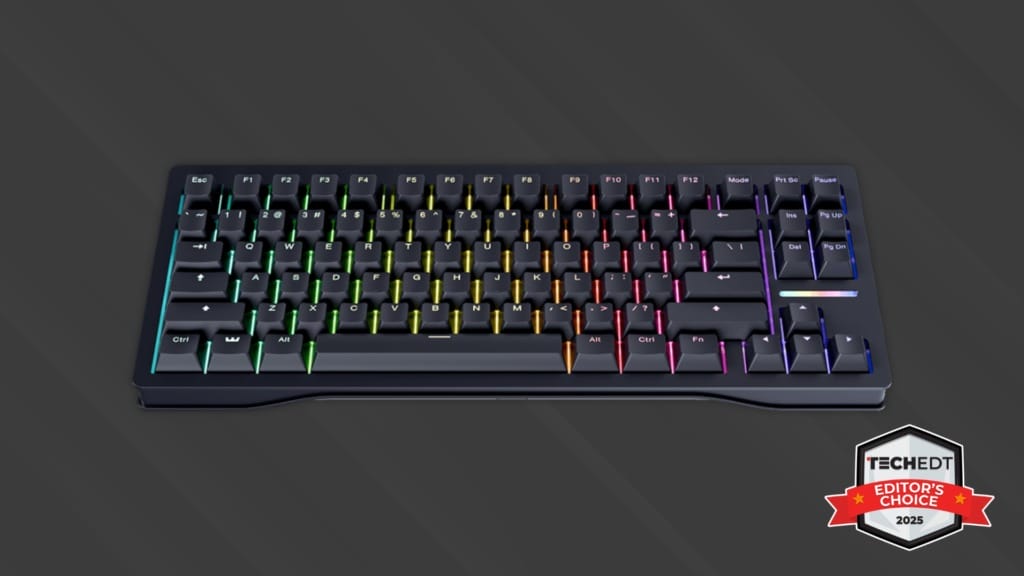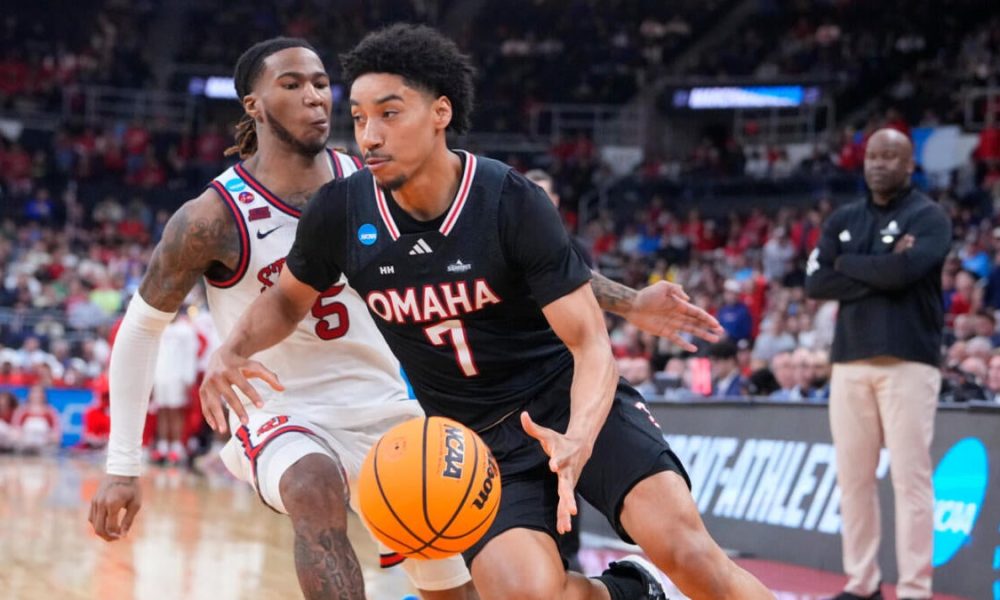Finland is witnessing a major shift in its gambling culture as skin gambling and esports betting take center stage. The skin gambling Finland offers (or skin gambling in general) refers to the use of in-game cosmetic items, often called skins, as a form of currency to place wagers on competitive gaming matches.
This new wave of wagering has captured attention across the country, aligning with Finland’s long-standing gambling traditions while introducing digital-first experiences that speak to a younger audience.
The rapid expansion of esports betting in Finland is no coincidence.
As competitive titles like Counter-Strike 2 and League of Legends attract dedicated fan bases, Finnish gamblers are embracing innovative platforms that let them blend entertainment with wagering opportunities. Market growth is accelerating, and the upcoming regulatory overhaul in 2026 is set to transform this sector even further.
Understanding these changes offers valuable insight into how gaming and gambling are converging, why it matters now, and what it signals for the esports wagering in Europe will have in the future.
Trends for Skin Gambling in Finland
Skin gambling in Finland is emerging as a cultural and economic force, reshaping how bettors interact with both esports and gambling markets.
The practice, rooted in trading cosmetic in-game items for wagering purposes, has grown into a sizable activity across Europe, and Finland is at the forefront of its expansion. With gambling deeply ingrained in Finnish society, the transition toward digital betting models has been seamless.
Esports audiences are already accustomed to valuing skins in their favorite games, making the jump into wagering both natural and attractive. This growth represents more than a passing trend; it reflects the way Finns are redefining entertainment, combining their appetite for competition with financial stakes.
The sharp rise in activity can be traced to several factors: the popularity of competitive titles, the increased visibility of esports through streaming, and the country’s broader enthusiasm for gambling in general.
Together, these factors have created fertile ground for skin-based betting to thrive.
Expanding Market Interest
Interest in esports betting in Finland has increased rapidly among younger demographics. Players who once viewed skins solely as cosmetic enhancements now recognize their monetary value and potential as a form of wagering assets.
Finnish operators are taking note by integrating esports markets into their offerings, catering to a digitally savvy generation eager for immersive betting experiences. The momentum suggests that skin gambling is not an isolated niche, but rather, is part of a broader shift in how people engage with online wagering.
Skin Gambling Finland: Why It Matters Now
The significance of skin gambling in Finland lies in timing and cultural alignment. Gambling participation in the country has traditionally been high, with surveys indicating that a large share of the population engages in some form of wagering.
Introducing esports into this ecosystem has allowed operators to connect with audiences who value interactive, tech-driven experiences. The rise of CS:GO skin gambling, in particular, demonstrates how virtual items once dismissed as simple collectibles can evolve into powerful drivers of market growth.
Influence of Finnish Gambling Trends
Finnish gambling trends highlight the convergence of tradition and innovation. The market is shifting from state-controlled structures to open, competitive models, and this transition is driving the emergence of new forms of play.
Skin gambling aligns with these trends by offering a contemporary way to participate in a long-standing national pastime.
As regulations evolve and consumer behaviors adapt, Finland’s esports betting landscape is positioned to set a precedent for how digital wagering can integrate with established gambling cultures.
Why Is Esports Betting in Finland Important?
The esports betting Finland offers has quickly evolved from a niche interest into a significant cultural and economic phenomenon. Understanding why this matters provides clarity on how gambling traditions are adapting to modern audiences and why the industry is preparing for transformation.
The growth of esports wagering reflects Finland’s passion for gaming while simultaneously signaling broader changes in digital entertainment and gambling markets.
Role of Streaming and Emerging Technologies
Streaming platforms like Twitch, YouTube, and Facebook Gaming have transformed esports into a live spectator experience that resembles traditional sports broadcasting.
Viewers are no longer confined to watching local events or highlight reels. Instead, they can follow competitions in real time, access expert commentary, and connect with other fans while simultaneously exploring betting opportunities.
For Finnish audiences, this integration between viewing and wagering has heightened engagement. Utilizing Counter-Strike 2 gambling sites as part of a skin gambling match or a League of Legends tournament becomes more immersive when fans can place wagers that align with their viewing interests.
The accessibility of streaming services has broadened esports’ reach, ensuring that casual viewers and dedicated fans alike can participate in skin gambling in Finland without barriers of geography or scheduling.
Emerging technologies, such as virtual reality (VR), augmented reality (AR), and artificial intelligence (AI), are further enhancing this landscape.
VR and AR provide bettors with immersive environments that allow them to visualize data, statistics, and live action in interactive formats. AI-driven analytics provide personalized insights that enable users to refine their strategies, offering tailored recommendations based on past behavior and betting patterns.
These technologies create richer experiences while also introducing complex ethical considerations. As personalization increases, regulators and operators face questions about data use, responsible gaming practices, and the fine line between entertainment and exploitation.
Other Considerations
Esports betting in Finland does not exist in isolation. It operates within a framework of upcoming regulatory change, international pressures, and ethical responsibilities. These elements shape the trajectory of the industry and determine how sustainable growth will be managed.
Regulatory Shifts in 2026
Finland is preparing to liberalize its gambling market in 2026, marking a pivotal moment for the industry. The shift will end the long-standing state monopoly and introduce a licensing system for foreign competitors. This change will open doors for international operators to enter the Finnish market, sparking competition and innovation.
The 2026 reforms are more than a procedural adjustment. They represent a redefinition of how gambling is governed in Finland.
Licensing ensures that operators meet compliance standards, while new consumer protections aim to safeguard players. Authorities are also considering restrictions on marketing, particularly to limit exposure among young audiences.
When to comes to players who frequent the esports betting websites, this transition can create new opportunities for growth while demanding greater responsibility from operators.
International Regulatory Pressure and Youth Concerns
Global investigations into skin betting practices have revealed challenges that extend beyond Finland’s borders. Reports show that ads promoting skin gambling often appear across major platforms like Facebook, Google, YouTube, and Twitch without sufficient age verification. This lack of oversight creates risks of exposing minors to gambling promotions.
In Finland, skin gambling sites frequently operate under classifications that treat skins as prizes of monetary value rather than traditional gambling currency. This distinction enables platforms to circumvent existing regulations, leaving regulators with the task of updating definitions to reflect new realities.
International scrutiny has intensified the call for more straightforward guidelines, and Finland’s regulatory overhaul provides an opportunity to address these concerns directly.
Ethical and Legal Risks
The ethical and legal challenges associated with esports betting in Finland are multifaceted. The first issue lies in underage access, as digital platforms make it easier for young audiences to interact with gambling mechanics. Without robust safeguards, there is a risk of normalizing wagering behavior among minors.
Another unresolved dilemma is the status of skins as a legitimate currency. While players assign real-world value to these items, legal frameworks often struggle to categorize them. This creates a gray area where skins are treated as both commodities and gambling assets, complicating oversight.
Advertising practices further highlight the need for regulation. The placement of betting promotions during esports streams raises questions about responsibility and the potential for exposure. In a market as engaged and youthful as Finland’s, operators face heightened scrutiny to ensure that growth does not come at the expense of ethical standards.
Addressing these issues proactively will be essential to maintaining public trust and ensuring long-term stability in the industry.
Global and Local Context of Skin Gambling
The rise of skin gambling Finland cannot be fully understood without considering how the practice has developed worldwide. From its origins in gaming communities to its adoption as a mainstream form of wagering, skin gambling has expanded into a complex market with both economic and cultural significance.
Within Finland, these global influences are shaping local dynamics, aligning with national gambling traditions and regulatory changes.
Understanding Skin Gambling Worldwide
Skin gambling is the practice of using cosmetic in-game items, known as skins, as currency for wagering on esports events or games of chance. These items hold real-world value due to their scarcity, desirability, and role in shaping player identity within online communities.
While skins were initially designed as visual enhancements, they quickly evolved into digital assets that could be traded or staked in betting scenarios.
Internationally, the popularity of skin gambling accelerated during the mid-2010s, particularly in connection with Counter-Strike: Global Offensive (CS:GO). Industry estimates suggested that by 2016, the global skin gambling market had reached approximately $5 billion in activity.
That surge underscored the growing financial power of digital commodities and the demand for alternative wagering formats. If left unchecked, experts projected even greater expansion in subsequent years, positioning skin gambling as a central feature of esports betting markets worldwide.
The global trajectory also revealed key challenges. Regulators struggled to define skins within existing gambling laws, and concerns about underage participation became widespread.
Despite these issues, the appetite for wagering with digital items remained strong. For Finland, this international context presents both a blueprint for growth and a cautionary tale about the risks associated with rapid expansion.
CS:GO Skins Gambling and Other Leading Titles
Within Finland, CS:GO skins gambling has become a focal point of esports betting.
Counter-Strike 2, the successor to CS:GO, continues to attract massive audiences and a vibrant community of traders who view skins as valuable assets. These digital items are frequently used as stakes in wagers, blending the thrill of competitive play with the tangible sense of financial risk and reward.
League of Legends also holds a prominent position in Finnish esports betting. While skins in League function differently from those in Counter-Strike, the game’s competitive ecosystem ensures that it remains a primary driver of wagering interest.
Together, these titles represent the backbone of Finland’s esports betting market, with their influence extending beyond gameplay into the financial and cultural spheres.
The popularity of these games illustrates how skin gambling in Finland has capitalized on established communities. Players already invested in acquiring and showcasing skins find it natural to use them in scenarios on their favorite betting sites.
The integration of these mechanics into mainstream esports events has only deepened engagement, drawing in both experienced bettors and newcomers who are eager to explore digital wagering.
Cultural and Market Dynamics
Finnish gambling trends provide a unique backdrop for an esports betting boom. With approximately 80 percent of Finns participating in some form of gambling, the nation has long incorporated wagering into its cultural fabric.
This environment has made the adoption of esports betting remarkably smooth, as digital forms of gambling align with existing habits while introducing new opportunities for engagement.
Online casinos have recognized this momentum and are adapting their platforms to include esports markets. By doing so, they meet the demand of younger, tech-savvy users who value interactive experiences.
The move represents a diversification of offerings as much as it does a strategic alignment with shifting consumer behavior. As more Finns seek digital-first entertainment, esports betting emerges as a logical extension of traditional gambling practices.
The cultural acceptance of gambling also plays a role in legitimizing skin wagering. Unlike in markets where gambling carries a social stigma, Finland’s openness has allowed esports betting to gain traction without resistance.
This acceptance has created fertile ground for innovation, with operators experimenting with ways to seamlessly merge competitive gaming and wagering. By bridging global developments with local traditions, Finland stands out as a country where skin gambling is not merely an imported trend but a practice uniquely suited to its gambling culture.
The combination of international popularity, leading titles, and cultural alignment ensures that esports betting Finland will remain an area of significant growth and attention in the years ahead.
What Do Finnish Gambling Trends Mean for Gamers?
Understanding Finnish gambling trends helps reveal how esports betting is shaping the experience of gamers.
The growth of skin gambling Finland does not simply add another wagering option. It is reshaping how communities interact with their favorite games, how operators design their platforms, and how the broader digital entertainment culture evolves.
For players, these changes bring new opportunities to engage with esports while also highlighting the importance of understanding the market’s trajectory.
The Demographics Fueling Finland’s Boom
The demographic profile of esports betting Finland is central to understanding its rapid growth.
Research indicates that the majority of bettors fall within the 18 to 43 age bracket, accounting for roughly 87 percent of the market in 2024. Within this group, millennials stand out, representing nearly half of the participants.
This generation, raised on video gaming, is now driving demand for digital wagering experiences that feel familiar, interactive, and community-oriented.
Young adults in Finland are particularly receptive to the integration of skins into betting. Many have grown up treating these items as valuable digital assets, whether collected in Counter-Strike or earned while betting on League of Legends. Using them as currency in wagers feels like a natural extension of their gaming history.
This comfort with digital value systems underscores why skin gambling has resonated so strongly in the Finnish market.
For operators, these demographics represent a prime opportunity. By tailoring platforms to younger users, companies can ensure sustained growth in a market that is already highly engaged.
For gamers, the demographic trends suggest that esports betting will continue to reflect the values and behaviors of their peers, reinforcing a sense of belonging within the community.
The Future of Finland’s Online Gambling Market
Finland’s online gambling market is robust and growing. As of 2025, the industry generated an estimated gross gaming revenue of around US$1.31 billion. User penetration has reached approximately 20.6 percent, highlighting how widely digital gambling has been embraced across the country.
On an individual level, the average revenue per user is roughly US$1,150, underscoring the financial weight of each participant.
These figures illustrate the scale of engagement and the depth of Finland’s digital gambling ecosystem. For gamers, this means that esports betting is not a marginal activity but a mainstream feature of the market. Platforms are investing heavily in esports offerings, and operators are increasingly willing to adapt their services to meet the demands of this audience.
The upcoming 2026 regulatory reforms are expected to amplify this momentum. With the introduction of licensed competition, Finnish users can expect a greater variety of options, improved safeguards, and more competitive products. For gamers, the reforms represent an opportunity to engage in esports betting within a more transparent and structured environment.
This evolution will likely enhance trust in the industry while ensuring that growth is aligned with responsible practices.
Opportunities for Finnish Gamers
The expansion of esports betting in Finland creates meaningful opportunities for gamers. One of the most significant is the ability to merge entertainment with financial stakes in a way that reflects modern digital lifestyles.
Watching a live Counter-Strike 2 match becomes more engaging when bettors can use skins to back their predictions. This combination of viewing and wagering builds deeper connections between fans and the games they follow.
Another opportunity lies in the innovation of betting platforms.
As operators compete for attention in the new regulatory landscape, gamers can expect fresh features, personalized recommendations, and more immersive experiences powered by VR, AR, and AI. These advancements will not only improve usability but also ensure that esports betting feels dynamic and responsive to individual preferences.
The cultural acceptance of gambling in Finland also enhances the opportunities for gamers. Unlike in markets where gambling carries negative associations, Finnish players can engage without stigma.
This openness supports a thriving community where esports betting is viewed as part of the broader entertainment ecosystem, further enriching the experience of participation.
Why Finnish Gambling Trends Signal a Bright Future
The trends shaping esports betting in Finland indicate a promising and sustainable future for gamers.
Demographic alignment ensures a steady base of engaged users, market size provides a solid foundation for continued growth, and regulatory reforms are paving the way for innovation and consumer protection. Together, these elements create a landscape where esports betting can thrive while providing meaningful value to participants.
For gamers, the implications are clear. Esports betting is poised to become an increasingly integrated part of their digital lives, offering opportunities for entertainment, community, and financial engagement.
While challenges remain in areas such as regulation and ethics, the momentum behind skin gambling suggests that the practice will only grow stronger in the coming years.
The Future of Esports Wagering Europe
The rise of skin gambling in Finland illustrates how rapidly digital gambling can evolve when cultural acceptance, technological innovation, and regulatory change intersect. What began as a niche practice of trading in-game items has evolved into a market segment reshaping how Finns interact with their favorite esports titles.
As Finland prepares to open its gambling market in 2026, the stage is set for esports betting to become a more central component of the country’s gaming culture.
The implications extend far beyond Finland’s borders. Europe is closely watching how the country manages its transition to a competitive licensing model, particularly as esports betting becomes more mainstream.
Success in this area could influence how other markets regulate skin wagering, while also highlighting Finland as a leader in striking a balance between innovation and consumer protection. For gamers, the changes signal opportunities to engage with esports in more interactive, personalized, and rewarding ways.
Finnish gambling trends suggest that esports betting is not merely a temporary surge, but rather part of a larger shift in entertainment. With strong demographics, a tech-savvy population, and a history of embracing gambling, Finland is well-positioned to drive the future of esports wagering Europe has to offer.
For readers, the message is clear. The convergence of gaming and gambling is accelerating, and Finland is emerging as a focal point in that evolution. As the market grows and regulations adapt, staying informed will be essential.
Keep your eyes on future updates, because the story of skin gambling in Finland is still unfolding and promises to shape the next chapter of digital wagering.
Dot Esports is supported by our audience. When you purchase through links on our site, we may earn a small affiliate commission. Learn more about our Affiliate Policy

















































































